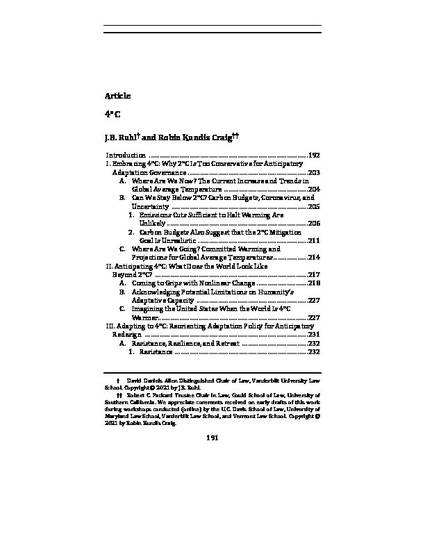
- emission cuts,
- carbon budgets,
- accelerating ice loss,
- climate change
- Environmental Law and
- Law
In March 2020, while the world's attention was focused on the coronavirus pandemic, an international team of eighty-nine polar scientists from fifty organizations reported that Greenland and Antarctica are losing ice six times faster than they were in the 1990s. Based on satellite data, the research team concluded that "if the current melting trend continues, the regions will be on track to match the 'worst-case' scenario of the Intergovernmental Panel on Climate Change (IPCC) of an extra 6.7 inches (17 centimeters) of sea-level rise by 2100." One month later, in Siberia, "the small town of Verkhoyansk (67.5°N latitude) reached 100.4 degrees Fahrenheit, 32 degrees above the normal high temperature" and "likely the hottest temperature ever recorded in Siberia and also the hottest temperature ever recorded north of the Artic Circle, which begins at 66.5°N." All around the town, the Arctic tundra was burning. This was not an anomaly, but rather the leading edge of a trend. Throughout the Northern Hemisphere, wildlife danger is expanding northward: before enflaming the Arctic in 2020, wildfire devastated large parts of Norway, Sweden, and Scotland in the summer of 2019.
Available at: http://works.bepress.com/jb-ruhl/114/
